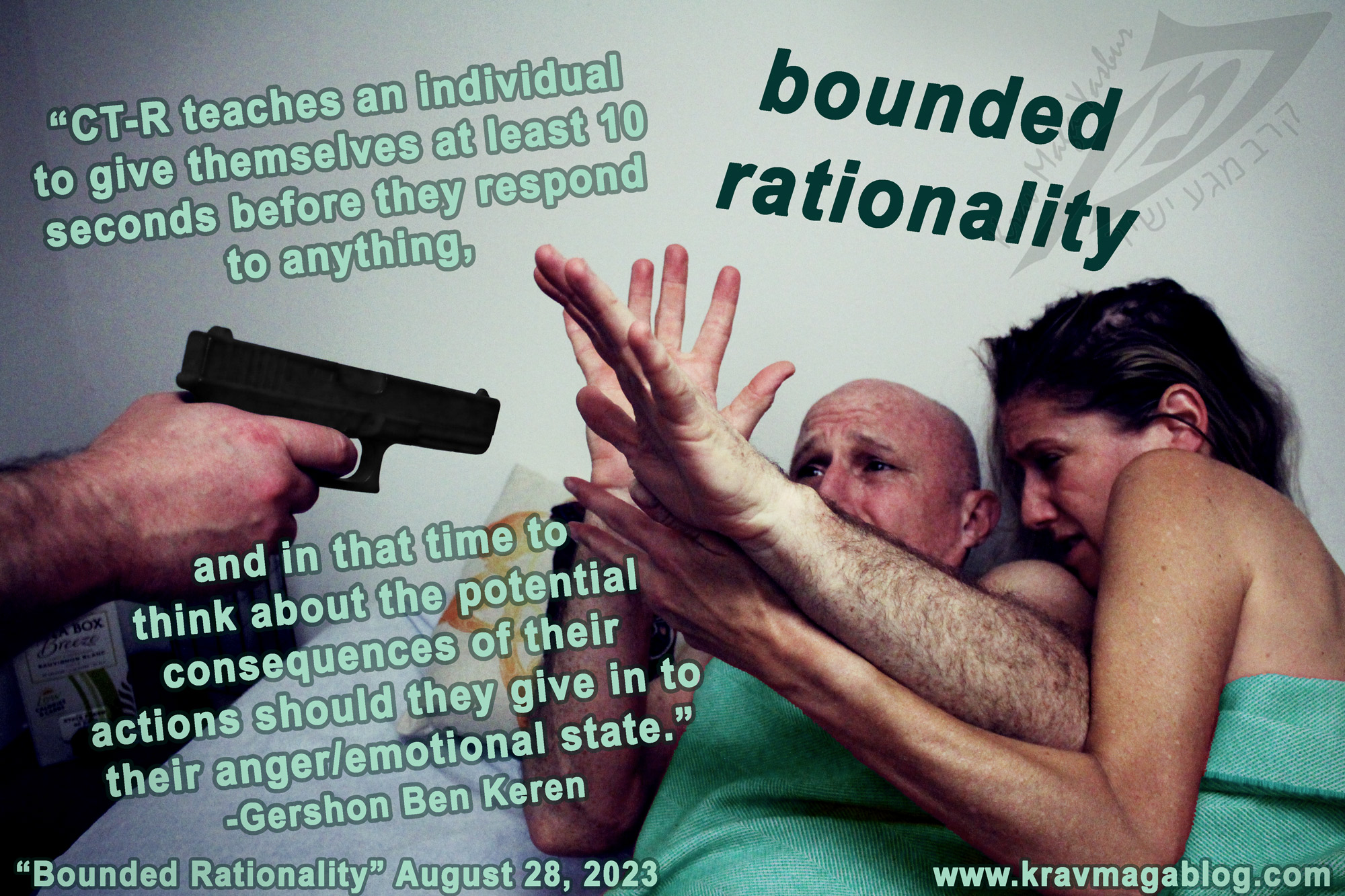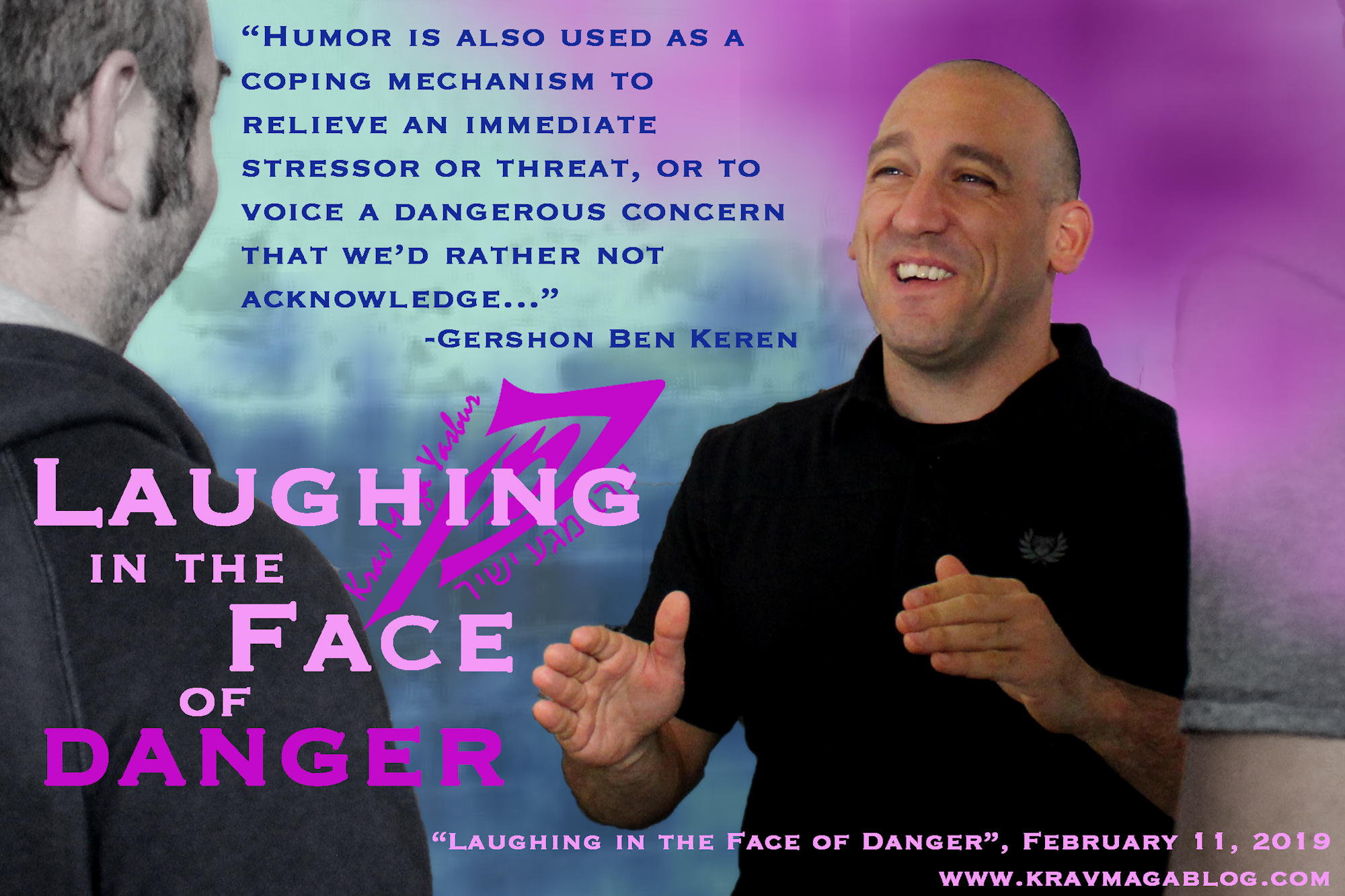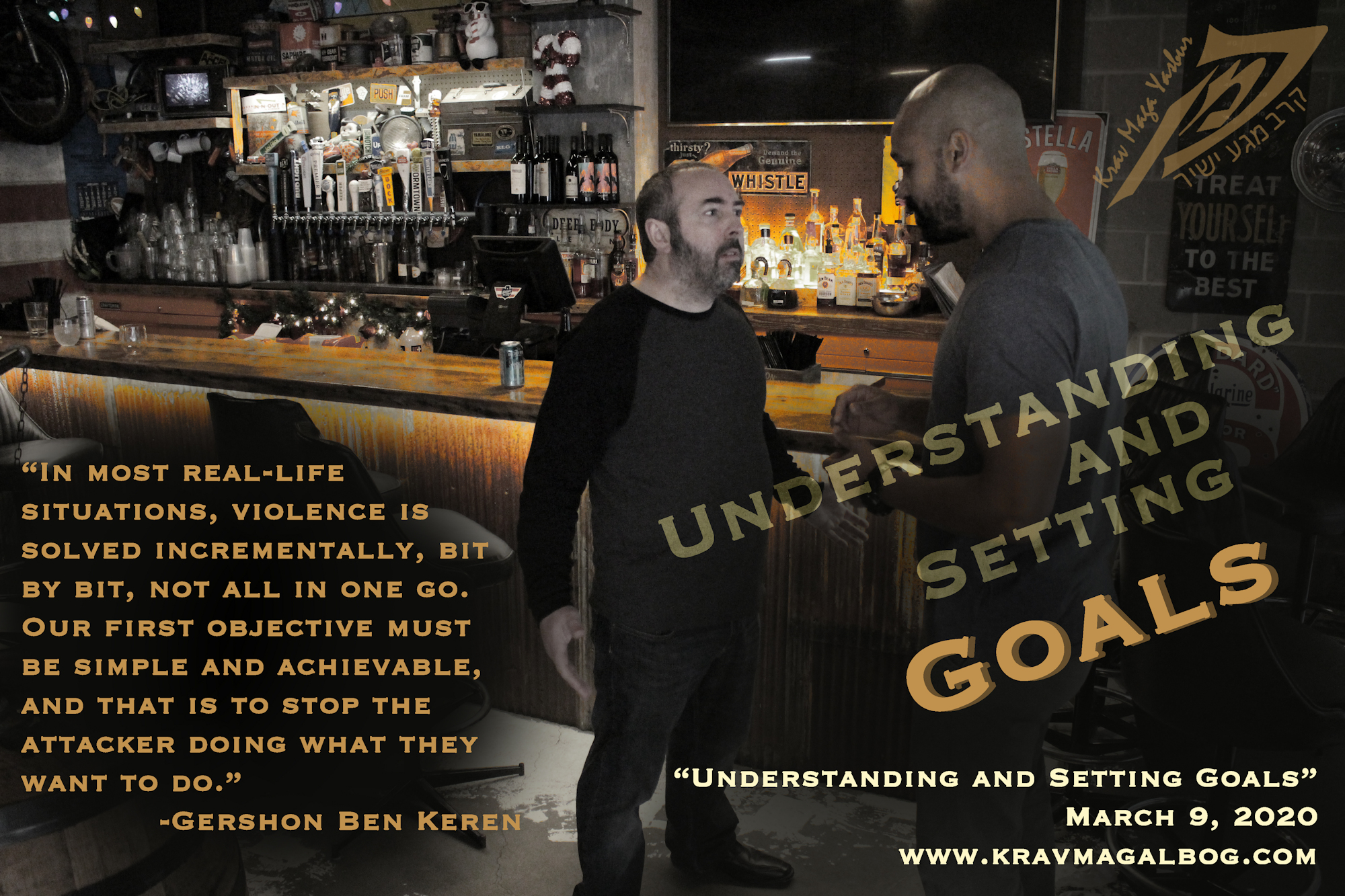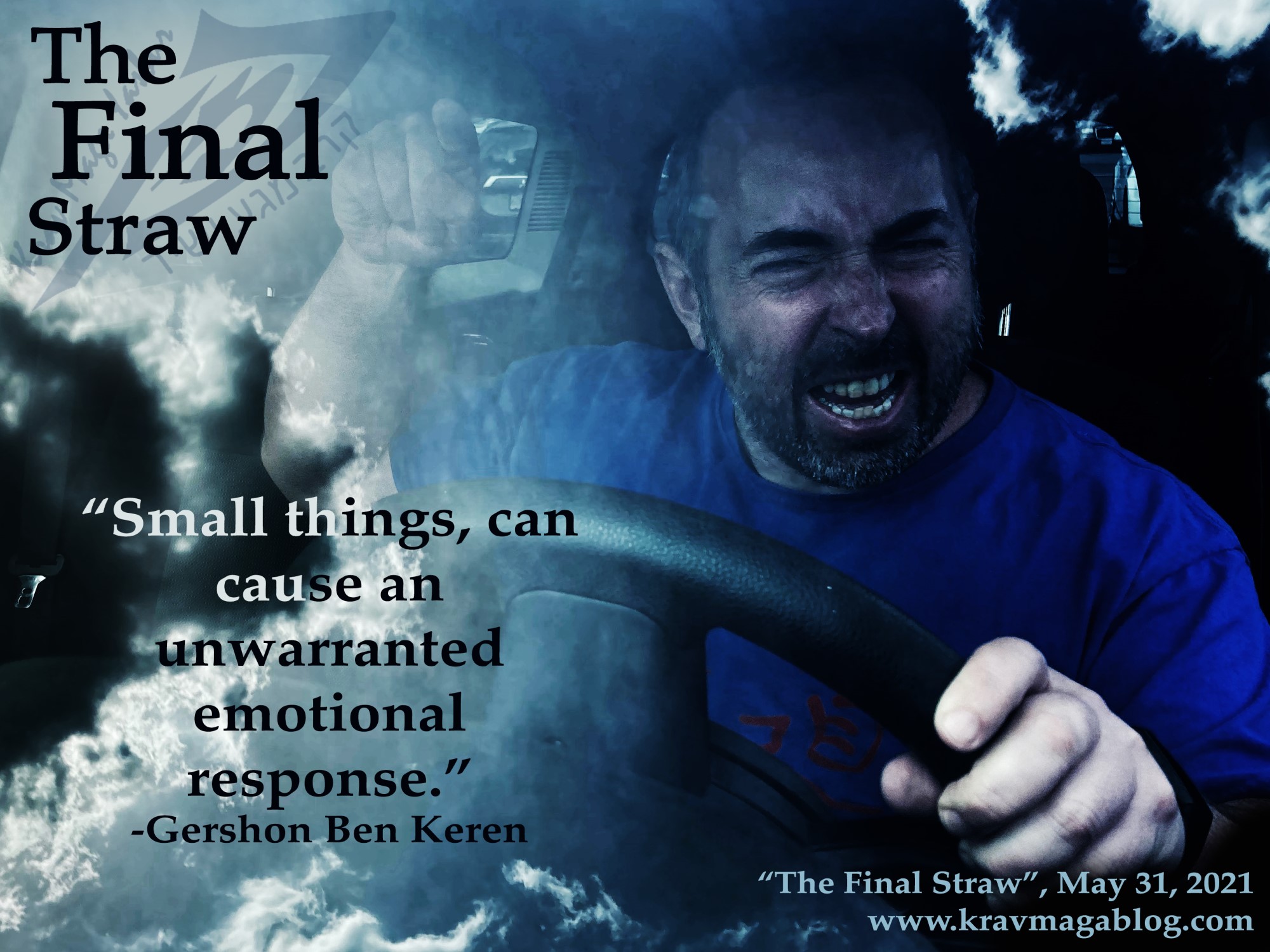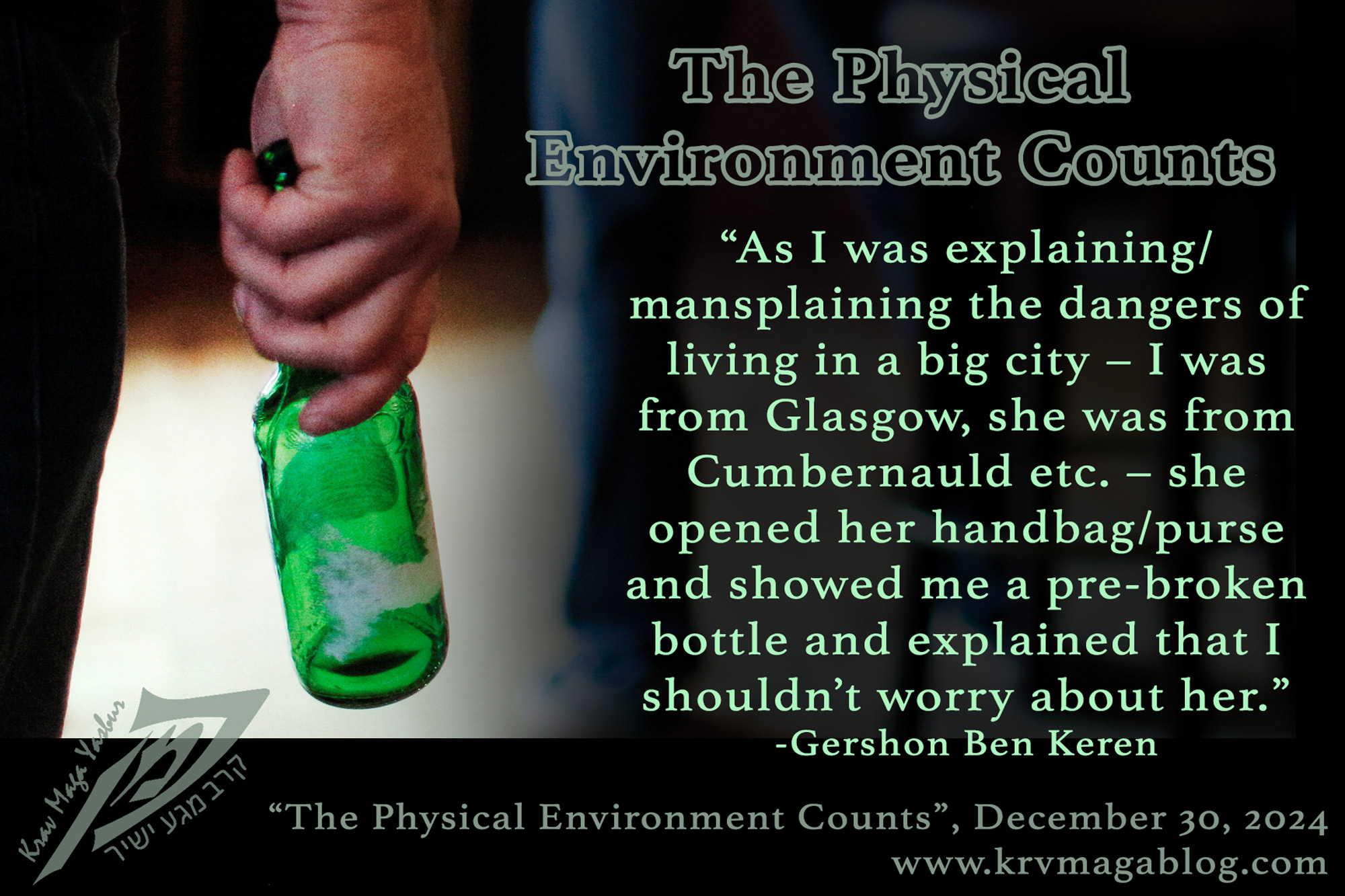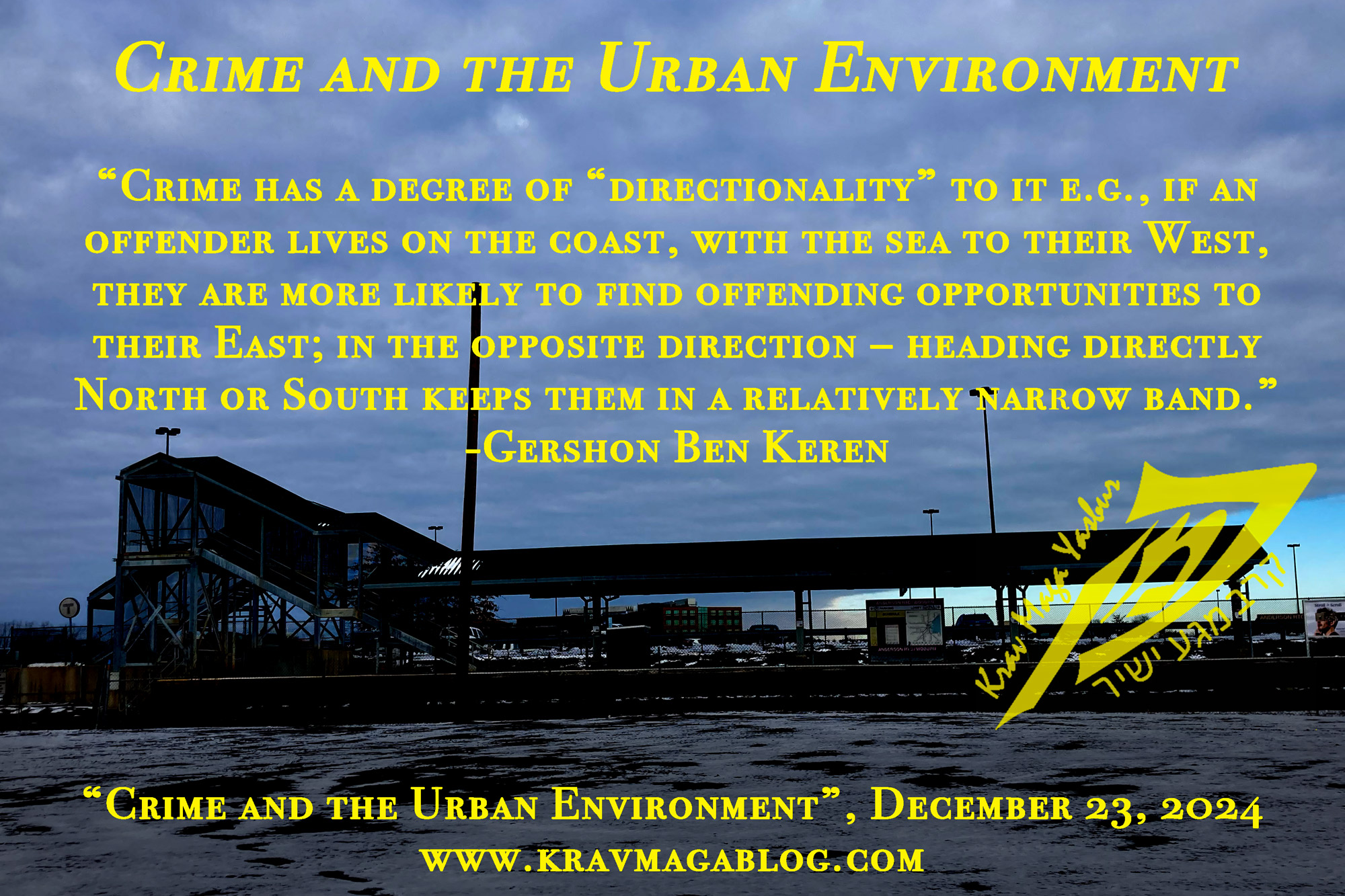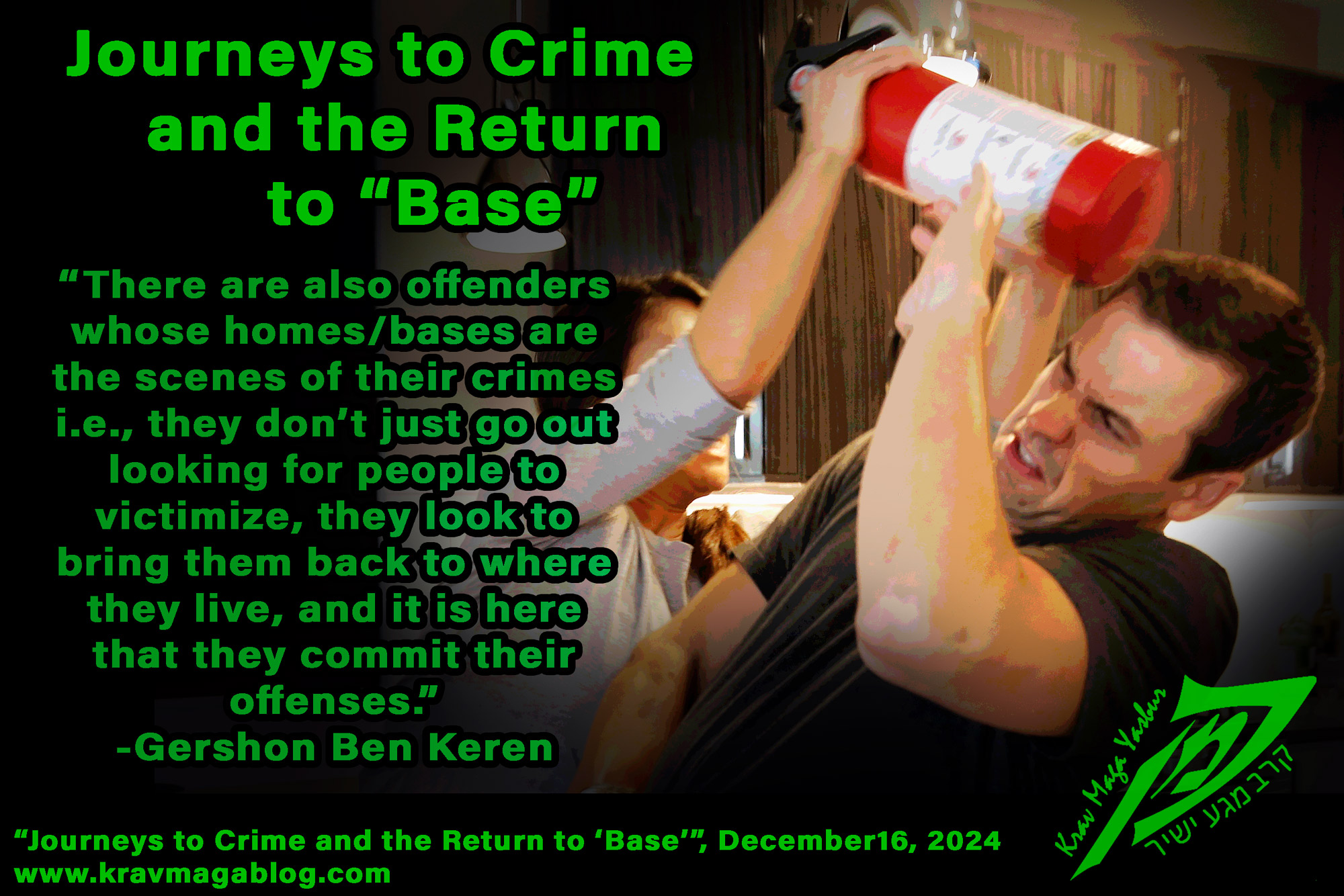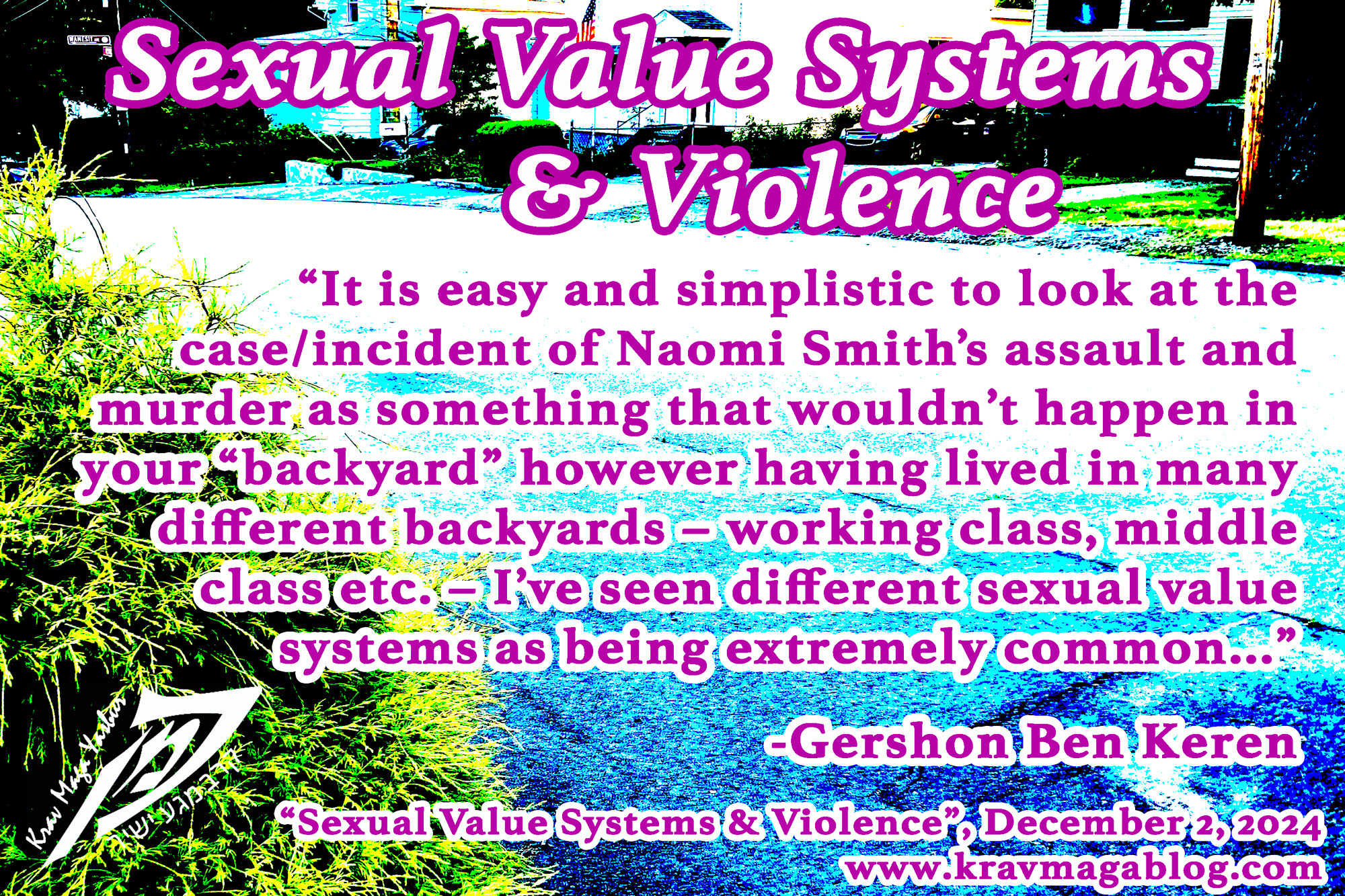The Final Straw, is an article written by Gershon Ben Keren, a 5th Degree Black Belt in Krav Maga, who teaches Krav Maga in Boston, MA. He has also authored three Amazon best-Selling Books on Krav Maga.
Most of us are familiar with the idiom, “the straw that broke the camel’s back”, the idea that it may only take a small thing, when added to many others, to cause an extreme reaction or response. It is often used as a mechanism to explain, extreme acts of violence, where the trigger that caused the violent explosion seemed trivial and/or inconsequential e.g., someone smashes a glass into the face of a person who they believe jumped ahead of them in a queue at a bar etc. Such extreme reactions are often explained away by suggesting that the person had been having a bad day/life and this one action – being made to wait behind somebody who had jumped a line – was the “straw”/injustice that was one too many for them. There is no doubt that a build-up of stress/strain can be released due to what on its own would be something that would be of little consequence, however this idea cannot be applied universally e.g., there are people who have happy, fulfilled lives who grossly overreact, often aggressively and violently to what are minor incidents etc. We have probably experienced this ourselves, when/where we get angry at being cut off in traffic due to somebody’s aggressive and inconsiderate driving, and after we’ve experienced our emotions quickly rising say to ourselves, “why did that xxxx have to go and spoil my day.” The triggering event was basically insignificant, but we can’t explain what happened to us as being “the straw that broke the camel’s back”, as there was no preceding overload; our day/life up until that point was going pretty well. This article looks at some of the reasons why we and others can experience extreme emotional responses, that may turn violent, due to other people’s actions and behaviors, which really shouldn’t elicit such reactions; especially when we examine them afterwards.
One theory, developed by Konrad Lorenz, is that humans have a certain innate level of aggression that needs to be dispensed. We do this in a number of ways, such as playing sports, engaging in physical activities, such as running or weightlifting etc., and even to a lesser extent through arguing and debating. In Lorenz’s view is that this is part of us being an animal, which needs to exercise its natural aggressive and violent urges. Due to our construction of a society that requires co-operation, we have created and found ways to channel this, so that we aren’t continually at each other’s throats. However, every now and again, we find ourselves in situations where we haven’t had previous opportunities to re-direct our innate aggressive tendencies, and so when we experience a minor injustice (something we see as being competitive/challenging) this acts as a release, oftentimes resulting in a response/reaction that isn’t measured or in-line with what has happened to us. We may not be consciously aware that we have this level of “unused” and latent aggression within us and find that our response takes us completely by surprise. Lorenz uses an example of a polar expedition to explain how this happens. Imagine you are on a polar expedition that is going to last several months, where you are living with a small group of individuals (all of whom have a necessary and required skill that is essential for the group’s survival) in isolation. In such a situation you have little time to engage in competitive activities that would reduce your overall aggression, and you can’t afford to “compete”, with others whose skills and knowledge are essential for your survival – and so you start to suppress your aggressive urges. However, the animal in you, won’t let you do this fully, and so you find yourself using other people’s minor actions and behaviors as a conduit for siphoning of some of this built-up aggression e.g., you find yourself getting annoyed at the way somebody taps their spoon on their plate when eating, and aggressively ask them to stop doing it, and/or a fellow group member’s whistling that didn’t originally bother you has started to send you mad, and shout at them about it etc. Small things, can cause an unwarranted emotional response.
Another theory that was developed in the 1930’s and has stood up to robust scrutiny is the Anger-Frustration Hypothesis. This model suggests that when people are “blocked” from obtaining a “goal” their frustration leads to an angry, and potentially violent, outburst. This theory gives a good explanation as to why minor incidents can lead people to respond in an emotionally disproportionate manner e.g., if you are trying to merge on to a highway and another driver keeps deliberately preventing you from doing so – blocking you from obtaining your goal – your frustration at their behavior (which is inconsequential in the long run), may lead to you responding in an overly emotional manner etc. In controlling our own anger/frustration it is worth understanding why the person not letting us onto the highway is engaged in such a trivial act, as this may help us better control our own responses. I refer to this as the “sausage roll” effect. As a psychology undergraduate I had to watch a documentary on Provisional IRA prisoners convicted of Terrorism in the H-Blocks in Northern Ireland. In the prisons the IRA maintained the same hierarchical structure that they did outside, and they had a committee that used to meet with prison officials on a weekly basis to discuss issues, conditions etc. In one meeting the IRA committee brought up the issue that prisoners had noted that over several weeks the size of the sausage rolls had been shrinking. It was pointed out that the sausage rolls were from a third-party company and were the exact same ones that they sold commercially i.e., they weren’t specifically made for the prison. The size of the sausage rolls wasn’t the issue. The prisoners had so little control of their lives that this was one thing that they could try and exert control over – and so for 30-minutes they argued their point till all the prison officials could do was to offer to investigate: a “win” for the prisoners. When somebody is deliberately preventing you, and frustrating you, from merging onto a road it could be an example of the “Sausage Roll” effect; they have so little control in their actual lives, that they have to be the ones controlling this event.
The Anger-Frustration theory initially suffered from the fact that it attempted to argue – before revision – that all frustration led to anger. Equally, it would be wrong to argue that all anger, and violence, is the result of frustration. Attempting to explain violence using just one theory or hypothesis is appealing but ultimately flawed, and we are better at understanding a variety of different perspectives that shine light on the different reasons behind acts of aggression. We should attempt to understand the reasons behind anger not so that we are able to simply identify why other people become aggressive but so we can recognize when/why we suddenly become angry so we are able to manage our own response(s)
0 COMMENTS

